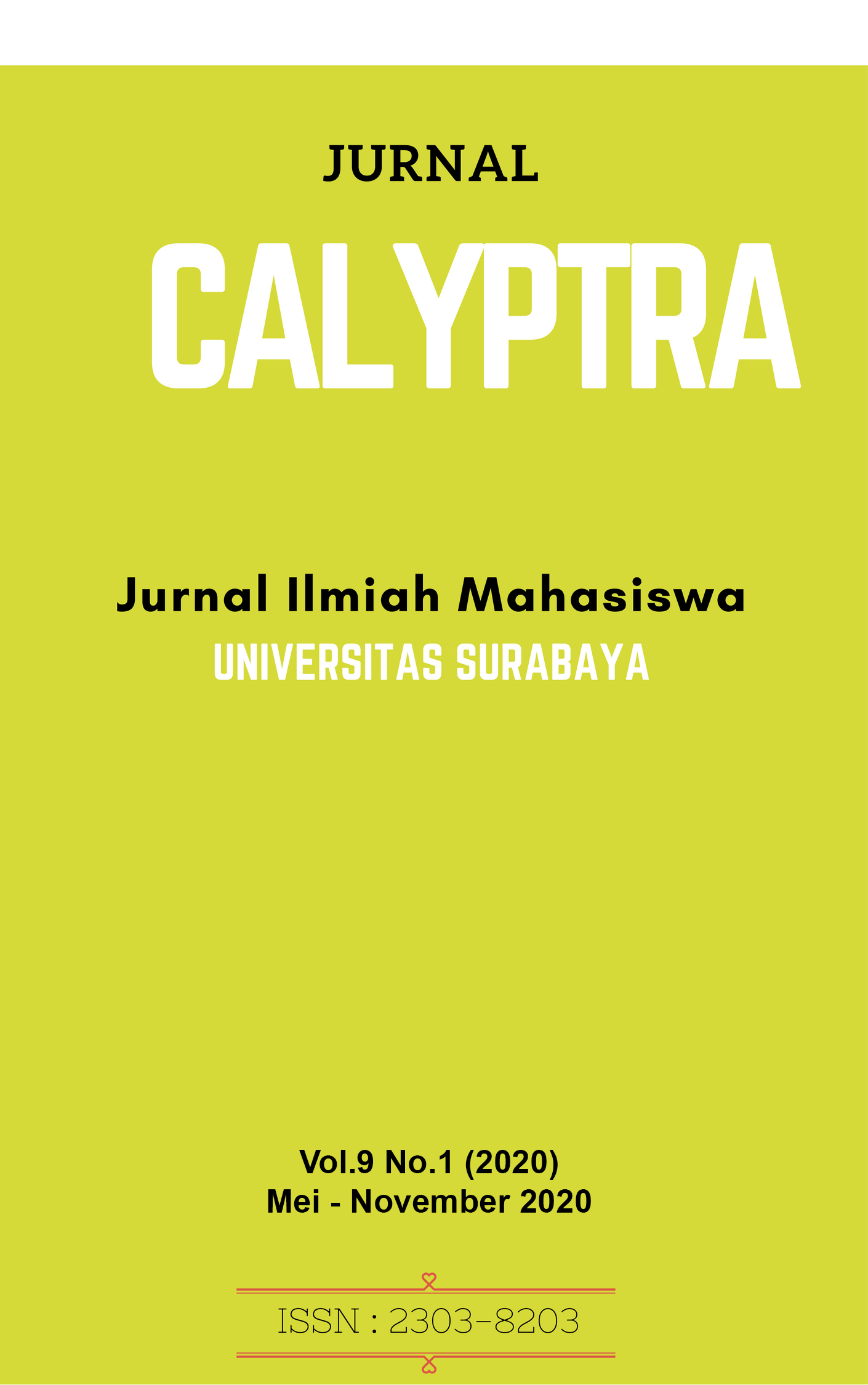Formulasi Minuman Fungsional Kombinasi Jeruk Nipis (Citrus aurantifolia) dan Tomat (Solanum lycopersicum) dengan Metode Foam Mat Drying
 Abstract Views:
1446 times
Abstract Views:
1446 times
 PDF Downloads:
1963 times
PDF Downloads:
1963 times
Abstract
Abstrak- Jeruk nipis dan tomat merupakan buah yang mengandung senyawa antioksidan seperti vitamin C, flavonoid, dan karotenoid. Pengolahannya menjadi serbuk minuman instan memudahkan konsumsi, meningkatkan nilai jual dan pemanfaatan, meningkatkan stabilitas fisik buah sehingga dapat dipasarkan lebih luas. Metode foam mat drying menggunakan suhu rendah sehingga proses pengeringan mampu menciptakan produk stabil senyawa yang termolabilnya. Pasta tomat digunakan untuk kombinasi dengan jeruk nipis untuk mengurangi rasa masam dan pahit yang khas dari pasta jeruk nipis. Serbuk jeruk nipis (1,25%) dan serbuk kombinasi jeruk nipis dan tomat (1,60%) memberikan kualitas kadar air, kriteria organoleptis, jumlah gula, dan bebas bahan tambahan pangan yang sesuai SNI. Aktivitas antioksidan serbuk yang dihasilkan diuji melalui peredaman radikal bebas nitrit oksida serbuk jeruk nipis (IC50 =4248,90±120,51) dan serbuk ombinasi jeruk nipis dan tomat (IC50 =4931,81±108,37). Hal ini menunjukkan perbedaan yang berbeda bermakna jika dianalisis statistik menggunakan SPSS versi 20.
Kata Kunci: Jeruk nipis (Citrus aurantifolia), Tomat (Solanum lycopersicum), foam mat drying, IC50
Abstract– Lime and tomato are fruits that contain many antioxidant coumpounds such as vitamin C, flavonoids, and carotenoids. Processed to instant powder beverage will lead to easiness to drink, increase sale value, and increase the stability of storage so it could be sold in wider areas. Foam Mat Drying is a method that use low temperature of hot air that keep the thermolabil coumpounds safe then dry the samples faster because enlargement of surface that contact the air with foaming. Tomato paste is kombined with lime paste to mitigate the bitter taste from lime paste. The moisture content of lime powder (1,25%) and kombination lime and tomato powder (1,60%), the taste, the smell, the colour, and the free from additive compounds show the suitability to SNI criterias. The antioxidant activity from lime powder and the combination powder was analyzed with Nitric oxide scavenging activities. The value of IC50 performed that the antioxidant activity of lime powder is greater that kombination powder. The difference between these two powders was analyzed statisticaly with SPPS (vers.20).
Keywords: Lime (Citrus aurantifolia), Tomato (Solanum lycopersicum), foam mat drying, IC50
Downloads
References
Awah F.M, dan Verla A W, 2010, Antioxidant Activity, Nitric Oxide Scavenging Activity, and Phenolic Contents of Ocimum gratissimum Leaf Extract, Academic Journal.
Badan POM Republik Indonesia, 2005, Ketentuan Pokok Pengawasan Pangan Fungsional.
Frusciante L, Carli P, Ercolano M.R, Pernice R, Matteo A.D, Fogliano V,Pellergrini N, 2007, Antioxidant Nutritional Quality of Tomato, Mol. Nutr.Food Res, 51, 609-617.
Glicksman M, McGee J, dan Sittampalan S, 2012, Basics of Assay Equipment and Instrumentation for High Throughput Screening, Bethesda, Elly Lili and Company: Assay Manual Guide line, 1229-1239
Hardi Z dan Jideani V.A, 2015, Foam mat Drying Technology: A Review. England, New York University.
Igwemmar N.C, Kolawole S.A, dan Imran I.A, 2013, Effect of Heating on Vitamin C Content of Some Selected Vegetables, International Journal of Scientific and Technology Research Volume 2, Issue 11.
Kaddam D.M, dan Balasubramanian S, 2010, Foam mat drying of Tomato Juice, India, Food Grains and Oilseed Processing Division CHIPET.
Kudra T dan Ratti C, 2006, Foam-mat drying: Energy and cost analyses, Canadian Biosystems Engineering, Vol 48, 3.27-3.32.
Oikeh E.I, Omoregie E.S, Oviasogie F.E, 2013, Phytochemical, antimicrobial, and antioxidant activities of different citrus juices concentrate, Food Science and Nutrition, 103-110.
Pyrzynska K dan Pekal A, 2013, Application of Free Radical DPPH to estimate the antioxidant capacity of food samples,
Sangamithra A, Venkatachalam S, John S.G, dan Kuppuswamy K, 2014, Foam Mat Drying of Food Materials: A Review, Journal of Food Processing and Preservation, Wiley Peridicals, 1-10.
Serio F, Ayala O, Bonasia A, dan Santamaria P, 2006, Antioxidant Properties and Health Benefits of Tomato, ResearchGate, Salasar Vol 13.
Shebis Y, Iluz, Kinel T.Y, Dubinsku Z, dan Yeshua Y, 2013, Natural Antioxidants: Function and Sources, Food and Nutrition Sciences, 4, 643-646.
Winarsi Hery, 2007, Antioksidan Alami & Radikal Bebas, Yogyakarta, Kanisius, 26-37,137-146.
- Articles published in CALYPTRA are licensed under a Creative Commons Attribution-ShareAlike 4.0 International license. You are free to copy, transform, or redistribute articles for any lawful purpose in any medium, provided you give appropriate credit to the original author(s) and the journal, link to the license, indicate if changes were made, and redistribute any derivative work under the same license.
- Copyright on articles is retained by the respective author(s), without restrictions. A non-exclusive license is granted to CALYPTRA to publish the article and identify itself as its original publisher, along with the commercial right to include the article in a hardcopy issue for sale to libraries and individuals.
- By publishing in CALYPTRA, authors grant any third party the right to use their article to the extent provided by the Creative Commons Attribution-ShareAlike 4.0 International license.



